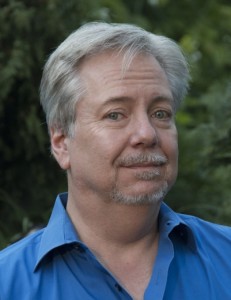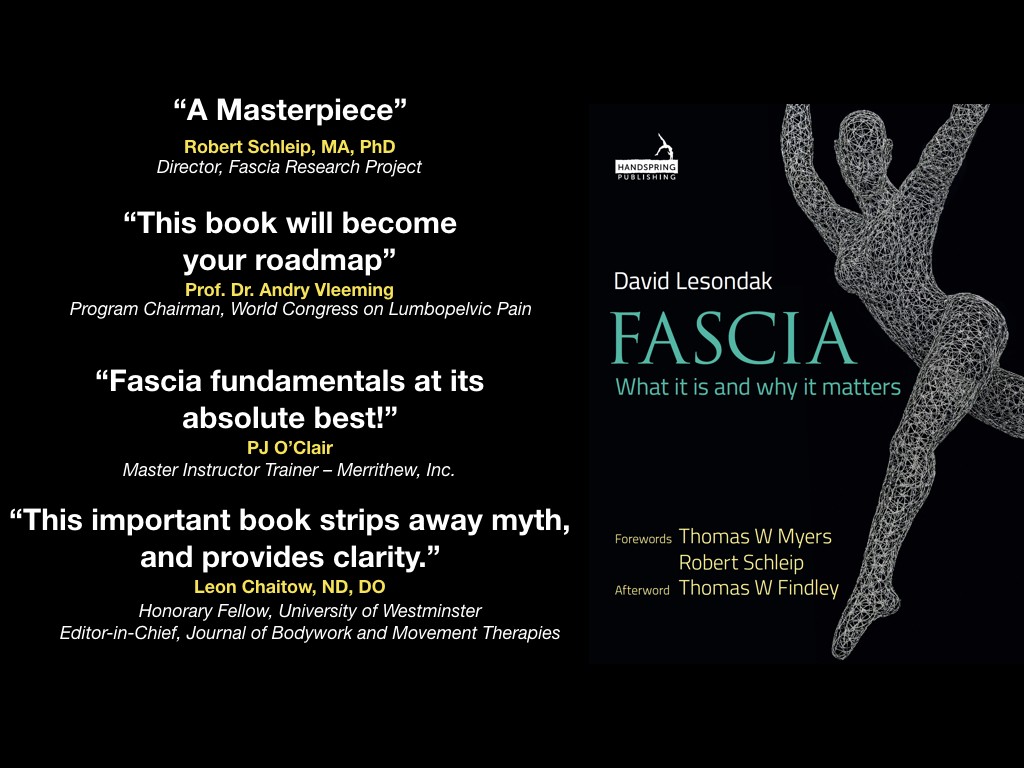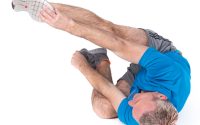David Lesondak talks about “Fascia”
In his new bestseller about the body’s connective tissue, David Lesondak succeeds in making the obscure informative and entertaining. We spoke with David about his book.
Can you tell us a bit about yourself?
I’m a structural integrator and multi-modality fascial specialist at the University of Pittsburgh Medical Center’s Department of Integrative Medicine. I also love to teach and lecture on fascia every chance I get. It keeps me busy. I also write songs, and have a band. We didn’t play at all during the time I was writing and producing the book.
What made you write the book?
There seemed to be a real need for it. Fascia is a huge topic. Many of the fascia books are tied to a technique or specific therapeutic approach, and that’s fine. The more scholarly tomes are quite chewy, and usually have multiple authors which means multiple writing styles. After a while, it can start to numb your brain. I was looking to split the difference. Keep the science accurate, of course, but also keep the reader engaged.
There are so many books on Fascia nowadays. What makes yours different?
Reader engagement! It’s got a pretty strong story line. Every chapter has a distinct beginning, middle, and end. And, like a good book, the end of the chapter sets up the next chapter. And certain elements, themes, and even characters – yes! mechanotransduction is a character, might make “guest appearances” in later chapters. Each chapter works as a self-contained whole, but together they tell a bigger story.
The structure I came up with gave me the opportunity to choose where to drop certain pieces of information to have the most impact on the reader. As opposed to bludgeoning them with facts, I want to get them really thinking about things so they have that “A-Ha!” moment. And sometimes that moment might be several pages, or several chapters, later.
It’s spectacularly illustrated, and I think people are going to see some things they’ve never seen before. The cover image is stunning. It’s the work of a sculptor name Michael Gard and expertly photographed by my friend Rob Strovers.
Also, I think, as a clinician who teaches, works with doctors, is a devoted yogi, and goes to the research conferences, all those experiences have allowed me to write something that speaks to everyone. There’s a lot of context to go with the content. So, physicians, PTs, yoga folks, massage therapists, non-professionals who have a strong interest in learning about the body – they’re all going to come away with knowledge that will make them not only smarter about the body, but with a new sense of wonder about it too.
Some said we have been overemphasizing on fascia and forget the larger picture, fascia is one of many pieces of stuff that the brain uses to organize our movement.
Well, historically-speaking, fascia’s the new kid on the block. Interest is high, it’s the new hot thing. Inevitably there’s going to be a backlash. I’m okay with that. But for me, fascia is the big picture. It’s a tissue and a system and it has connections from each individual cell all the way to the brain. So to only look at it only from a standpoint of movement organization is to miss a lot.
Which parts of the book do you like most?
You ask tough questions! Each chapter had unique challenges, so there was a great satisfaction to figuring out how to surmount those challenges. But… I’d have to say Chapter 2, about tensegrity, and the cell, is a real fave. Probably because the bulk of that chapter flowed out during a long plane ride. You remember those moments in the zone, because they are rare. Personally, I dearly love Chapter 5, about fascia and the brain, and I think some of the neuroscience in that will be new to a lot of people. I had some imaging and research labs very generously supply me with some great images for it too.
What’s the relationship between meditation or mind-body connection & fascia?
Well nitric oxide cause fascia to relax. Meditation, among other physiological changes, increases the production of nitric oxide in the body. And a little-known study showed a positive change in perception of pain in people with low back pain who meditated. I see a pretty obvious connection there, though I would love to study it in depth. If somebody reading wants to send me a grant, I invite you to contact me through my publisher!
Can the body change the brain?
Well, we had a pretty well-functioning body before we developed our cerebral cortex. There’s this whole school of thought that suggests the peripheral nervous system helped develop the brain as we know it. And how many times do you see that exercise may be the best anti-depressant going? So yes, absolutely! I think it happens all the time.
“Fascia: What it is and Why it matters” can be purchased here.
Recommendations
“Sensitively written with an admirable understanding of fascia’s clinical importance and complex functions, this important book strips away myth, and provides clarity” Leon Chaitow ND DO — Honorary Fellow, University of Westminster, London
“If you were looking to better understand how form, function, and connection exist in the body, on the micro and macro level, look no further.” Sue Hitzmann Whelan — Founder/CEO Longevity Fitness, Inc. The MELT Method
“I found Lesondak’s writing style to be rich, insightful and engaging. I highly recommend his book as a must have for any fascia library.” Eric Franklin — Founder/CEO The Franklin Method
“David has done the miraculous! He’s written a book on fascia that’s a real page-turner. This entertaining and educating book illuminates fascia’s meaning in your body and in life.” Jill Miller — Author: The Roll Model; A Step by Step Guide to Erase Pain; Improve Mobility and Live Better in Your Body
“I’ve had to translate the chapters of most fascia books for my clients and students – until now. Thank you David, for simplifying this complex subject and doing it in the most entertaining of ways. Fascia fundamentals at its absolute best!” PJ O’Claire — Master Instructor Trainer at Merrithew, Senior Master Instructor TRXTM


